Enhancing living spaces with houseplants has become increasingly popular. These green companions not only bring aesthetic beauty to your home but also contribute to a healthier environment by purifying air and boosting mood. However, it becomes a challenge when taking care of them starts requiring a lot of effort and time.
Thankfully, there are an array of low-maintenance houseplants that adorn your home gracefully while demanding very little attention. Let’s dive into the world of such undemanding houseplants like the snake plant, pothos, ZZ plant, spider plant, rubber plant, Aloe Vera, and peace lily, whose versatile nature allows them to thrive in different settings with minimal care.
Snake Plant
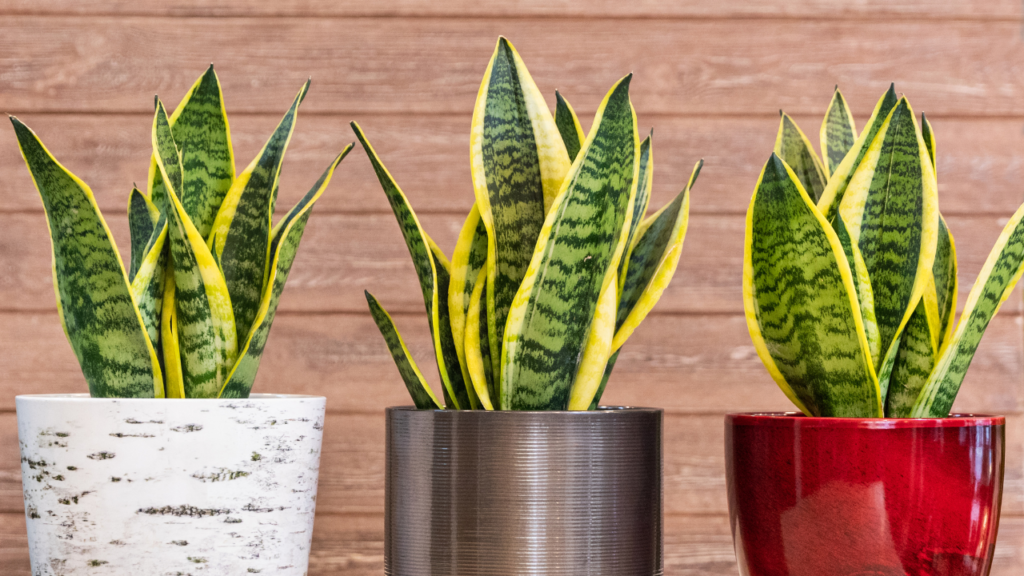
Snake Plant: The Stylish and Sturdy Survivor
The “Snake Plant,” scientifically known as Sansevieria, holds a high reputation for being a hardy, low-maintenance gem in the house plant world. It’s perfect for people who love the aesthetic of indoor greenery but don’t have a green thumb.
A Unique Display Piece
One of the snake plant’s defining characteristics is its unique, vertical growth pattern. With its tall, robust leaves, it stands upright, mimicking the silhouette of a series of striking, sharp-edged snakes ready to strike. This striking pattern lends itself to supplementing corner decor or sprucing up a bland office cubicle.
Lighting Conditions for Snake Plants
Snake plants are not very picky about lighting conditions. They can sustain themselves under a variety of conditions, from low-lit areas to spots that enjoy full, bright light. However, if you want your snake plant to thrive, the best option would be to keep it in a location with indirect bright light. This allows the plant to perform photosynthesis optimally without getting scorched by the harsh afternoon sun.
Watering and Repotting Requirements
Another significant appeal of snake plants lies in their minimal watering requirements. Unlike many other domesticated plants that necessitate regular watering, snake plants can endure lengthy periods without water and still stay perky. In fact, they prefer being under-watered compared to over-watered, making them a perfect choice for forgetful plant parents or frequent travelers.
And when it comes to repotting, snake plants are stubbornly resistant to change. They are firmly comfortable in staying put in their original pots for years. This eliminates the need for you to undergo that yearly ‘repotting’ hustle that some other indoor plants insist on.
In conclusion, the snake plant is not only a graceful decorative piece but is also a resilient and minimalistic contender for your personal indoor jungle. Enhance your interiors with this easy-to-maintain, striking flora, and enjoy its steadfast companionship for years.
Pothos
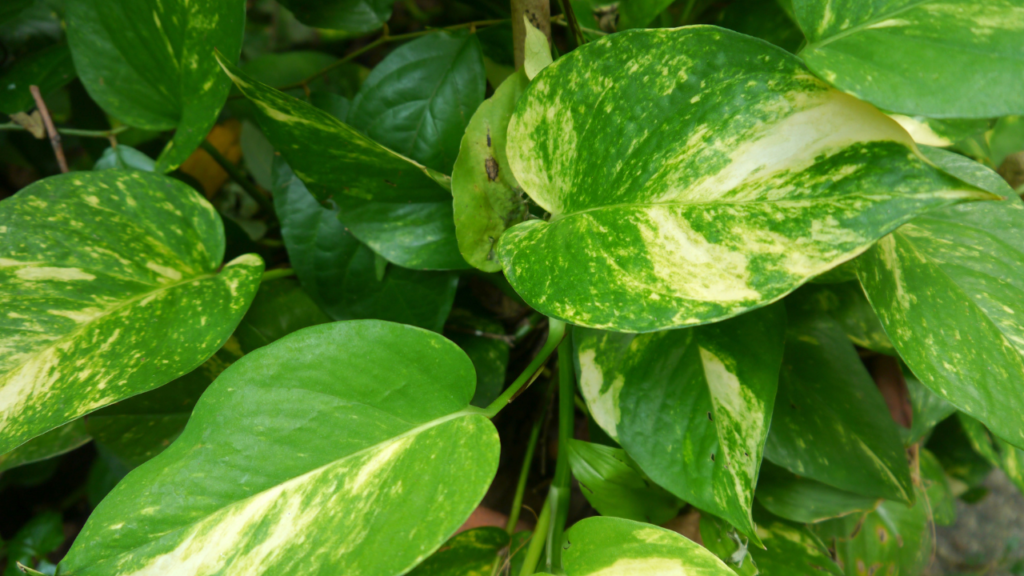
Unfussy and Adaptable: Pothos, the Devil’s Ivy
Navigating the world of houseplants can be complex, especially for a beginner. If you’re searching for a green companion that’s resilient and easy on the eyes, look no further than Pothos, or ‘devil’s ivy’. These glossy, heart-shaped leafed plants have earned a reputation for being almost indestructible, thus making them a Promethean presence in various indoor scenarios, from office cubicles to living room corners.
Weightless, Waving Vines: The Pothos’ Hallmark
The Pothos is one of these rare spectacles that marries vitality with beauty. Their long, cascading vines lure the eye – a design element that breathes life into sterile indoor spaces. Fan them out along a bookcase, or simply let them free fall from a hanging basket. Whether in a pot or a vase, these effortless climbers lend an air of tropical allure to their environment. More than just aesthetic appeal, their rapid growth also signals their overall wellness and adaptability.
Low Light, No Problem: Pothos’ Light Preferences
Unlike plants finicky about their sunbathing routines, the Pothos is unbelievably flexible about its lighting situation. It’s content with a wide array of light conditions, from low light to bright indirect light — but be mindful, direct sunlight is its kryptonite. A conference room, perhaps, or a bathroom with a tiny window, can serve as a harmonious habitat for this hardy gem.
Don’t Stress the Schedule: Watering Pothos
For those prone to forget watering the plants, rest assured, the Pothos is forgiving. While it appreciates a regular watering regimen, it can tolerate a bit of drought. Its leaves tell you what it needs: wilting leaves usually scream for a drink, while yellow leaves may suggest your Pothos is drowning. It’s all a matter of striking a balance.
In Close Quarters: Pothos’ Tolerance to Various Environments
It’s noteworthy that Pothos’ resilience extends beyond light and watering conditions. It can adapt to a variety of indoor environments. Dry, conditioned office air or the damp atmosphere of your bathroom, this plant is content. It’s not picky about temperature either, but does best in a typical indoor range from 60 to 80 °F. It seems, with Pothos, almost any home is a happy home.
This humble, hard-working houseplant, with its undemanding nature and fetching looks, is an undisputed winner for both green thumbs and plant novices alike. Introduce a Pothos to your indoor landscape, and watch it flourish without needing any fuss.
House Plant Essentials
ZZ Plant
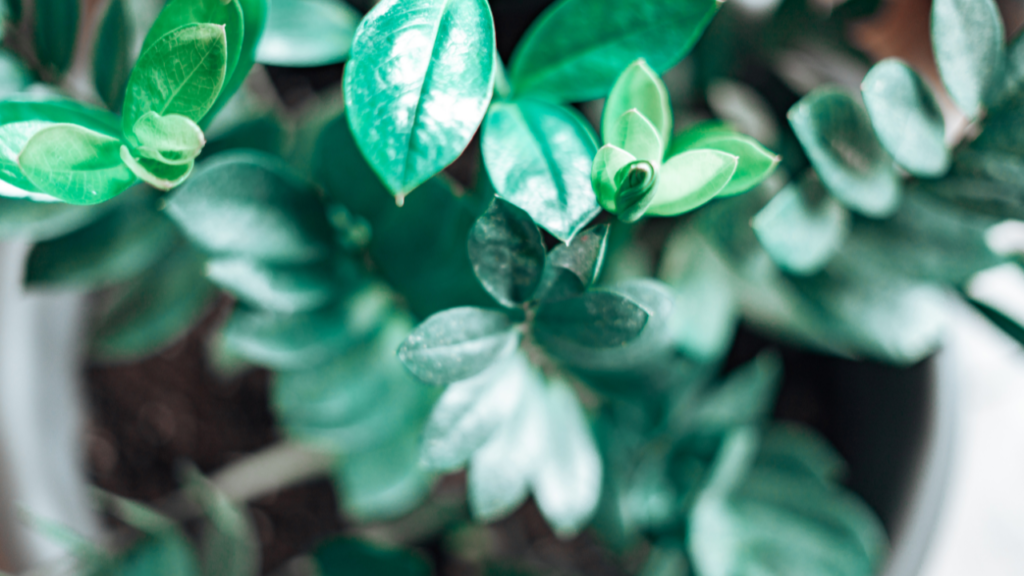
Water Retention: ZZ Plant’s Survival Secret
In the world of house plants, the Zamioculcas zamiifolia, or ZZ plant as it’s more commonly known, boasts an impressive resilience. A key to its survival in a variety of conditions lies in its glossy leaves, which have a remarkable ability to store water. This means the ZZ plant requires watering far less frequently than many house plants. Even if you forget to water it for a stretch of time, the plant can call upon its water reserves and maintain its health.
Lighting Requirements: Fluorescent is fine
One often-highlighted attribute of the ZZ plant is its adaptability when it comes to light conditions. While many house plants require a very specific amount of light to thrive, the ZZ plant is content with low to moderate light conditions. This, importantly, includes fluorescence. There is no need to worry if your home or office doesn’t have large windows letting in natural light. Being under fluorescent lights energizes the ZZ plant just as much as natural light would.
Ideal Office Plant: ZZ Plant
What encapsulates the ZZ plant’s advantages is how superbly it performs as an office plant. In addition to its low-maintenance watering needs and acceptable light conditions, the ZZ plant emits a strong aesthetic appeal with its glossy green leaves. This plant is known to not only survive but thrive under office conditions, breathing a bit of life and greenery into even the most fluorescent-lit, windowless spaces. It’s a testament to the ZZ plant’s resilience and flexibility as a house plant.
Low Maintenance: Perfect for the Busy Plant Lover
Given its low-maintenance needs and adaptability, the ZZ plant makes it a perfect choice for those wishing for a bit of greenery without requiring a green thumb. Whether you are a novice plant owner or a busy individual who doesn’t have the time to maintain more demanding houseplants, the ZZ plant could be your fuss-free solution. It allows you to enjoy the benefits and beauty of indoor plants without the worry of constant care and attention.
Spider Plant
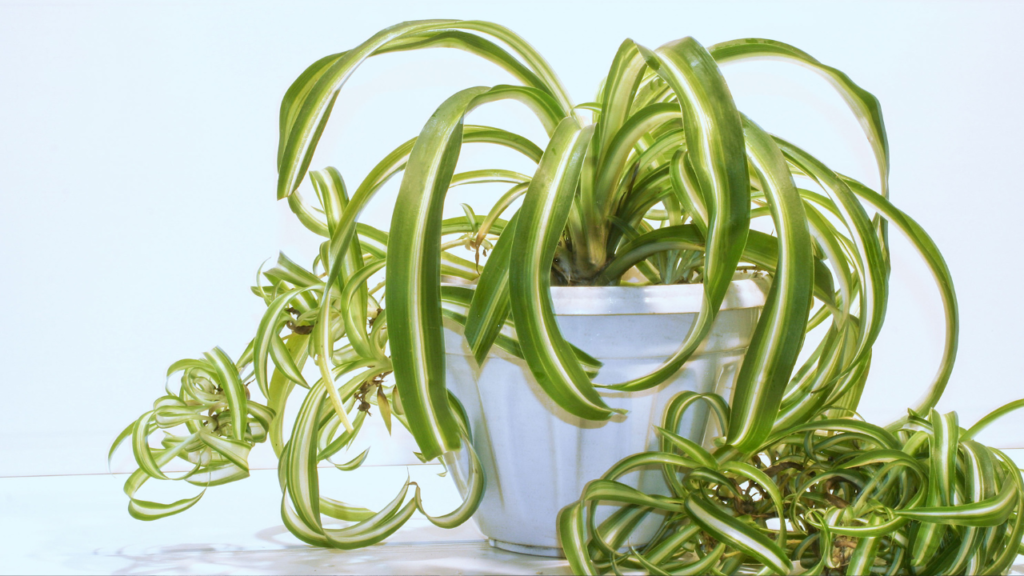
Meet the Spider Plant: A Hardy Houseplant Choice
Chlorophytum comosum, more commonly known as the Spider Plant, finds a spot in many households for its ability to thrive under varying conditions. Its cascading, spider-like offshoots dripping from the heart of the plant and arching ribbon-like leaves give it an aesthetic appeal, making it an ideal houseplant.
Inexpensive and Easy to Care For: Ideal for Gardening Novices
One of the stand-out features of the Spider Plant is its low maintenance requirements. The Spider Plant requires very minimal care, a quality that makes it a go-to choice for homeowners who lack a green thumb. All it needs to thrive is well-drained soil and indirect sunlight. However, this flexible plant won’t flinch if exposed to bright artificial light or partial shade.
Tolerant to Watering Neglect: A Plant That Survives
Watering neglect can be a death sentence for many houseplants, but not for the resilient Spider Plant. This hardy plant can tolerate occasional watering negligence which makes it a great option for those who often forget to water their plants or are away from home frequently. Despite its toughness, it’s always good to remember that like any other plant, a consistent watering routine contributes to its overall health and growth.
Air-Purifying Qualities: An Added Bonus
In addition to its low-maintenance nature, the Spider Plant is also known for its air-purifying properties. According to NASA’s Clean Air Study, Spider Plants have one of the topmost rates of removing formaldehyde from the air, which is often found in everyday household products and materials. Therefore, it doesn’t just make your home more beautiful, but healthier too.
The Spider Plant’s survival instincts, easy care, and air-purifying qualities put it right on top of the list of best houseplants for anyone’s home. It presents the perfect blend of beauty, resilience, and utility, truly an indoor gardener’s delight!
Rubber Plant
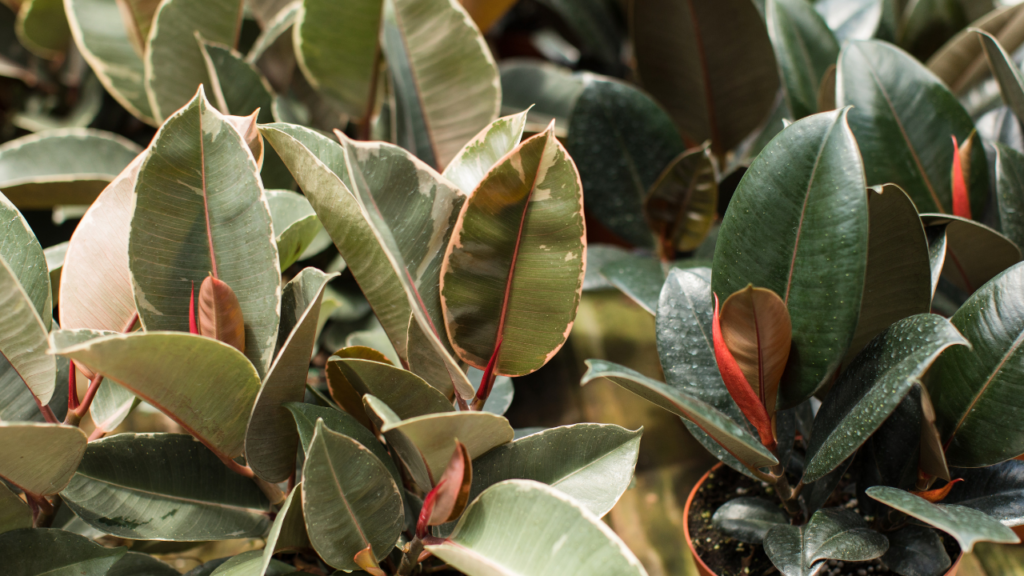
The Appeal of the Ficus Elastica
The Ficus elastica, colloquially known as the rubber plant, is a crowd favorite among green thumbs and novice gardeners alike. Boasting large, glossy and leathery leaves, the visual charm of this houseplant is augmented by its easygoing nature. The hardy demeanour of this plant makes it a perfect companion for both gardening veterans and beginners.
Tailored for Indoor Living
Determination of suitable houseplants can be guided by considering your home’s natural light. The rubber plant is a fantastic choice as it sets no specific demands for bright, blazing sunlight. Instead, it flourishes in bright, indirect light, making it an apt addition for spaces that do not have extensive access to sunlight. It can also endure less than ideal conditions, making it a resilient and steadfast presence in your homes.
Watering Needs of the Rubber Plant
Tending to houseplants often involves striking a balance when it comes to their watering needs. While overwatering can drown the roots, inadequate watering can leave the plant parched. The Ficus elastica threads a middle path. It relishes in a good soak every once in a while, but it also values periods of dryness between watering sessions. The soil should be allowed to dry out before the next watering session.
Low-Maintenance and High Reward
One of the key attributes that make the rubber plant such a standout choice for a houseplant is its low-maintenance nature. Its ability to thrive in less than ideal conditions and its flexibility regarding light exposure reduces the need for constant monitoring. This, combined with its striking visual appearance, makes the rubber plant a low-effort, high-reward addition to your indoor garden. With minimal attention and care, you can enjoy the lush, verdant presence of a thriving rubber plant in your home.
Aloe Vera
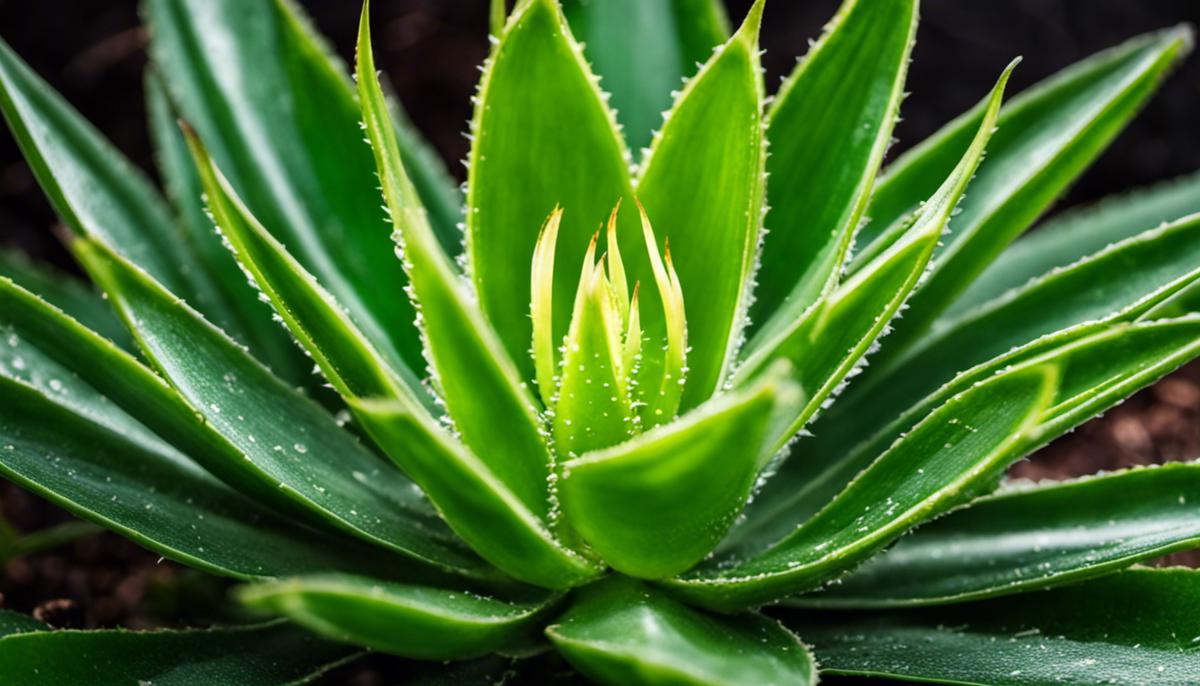
The Effortless Gardener’s Plant: Aloe Vera
Did you know that Aloe Vera plants are not only famous for their myriad of health benefits but also for being low-maintenance houseplants? This makes them an ideal choice for those who are just starting out with gardening.
Endowed with the capability to store a large amount of water in their own leaves, Aloe Vera plants are adapted to survive in arid conditions. As such, they do not demand frequent watering. In fact, it is recommended to let the soil of the plant completely dry out between waterings, thus making them superbly low-maintenance.
Sunny Spot Seeking: How to Position Your Aloe Vera
A common misconception about Aloe Vera – and many other succulents – is that they require full, direct sunlight. But for an optimal health scenario, these plants prefer having bright, indirect sunlight. That said, they can adapt to a variety of light conditions, which again, points to their low-fuss nature.
Positioning an Aloe Vera plant on a windowsill that faces east would be a good choice. The plant would appreciate morning light and avoid the harsh afternoon sun rays. But remember, as flexible as they are with lighting, they will not thrive in complete darkness either.
In conclusion, it seems clear why Aloe Vera is considered the perfect houseplant. If you are looking to create a green oasis in your home without much fuss, the Aloe Vera plant is undoubtedly one of the best choices. It offers a beautiful green hue to any room, requires little watering, and even thrives in various light conditions. Not to mention, it brings a host of health benefits to your home.
Peace Lily
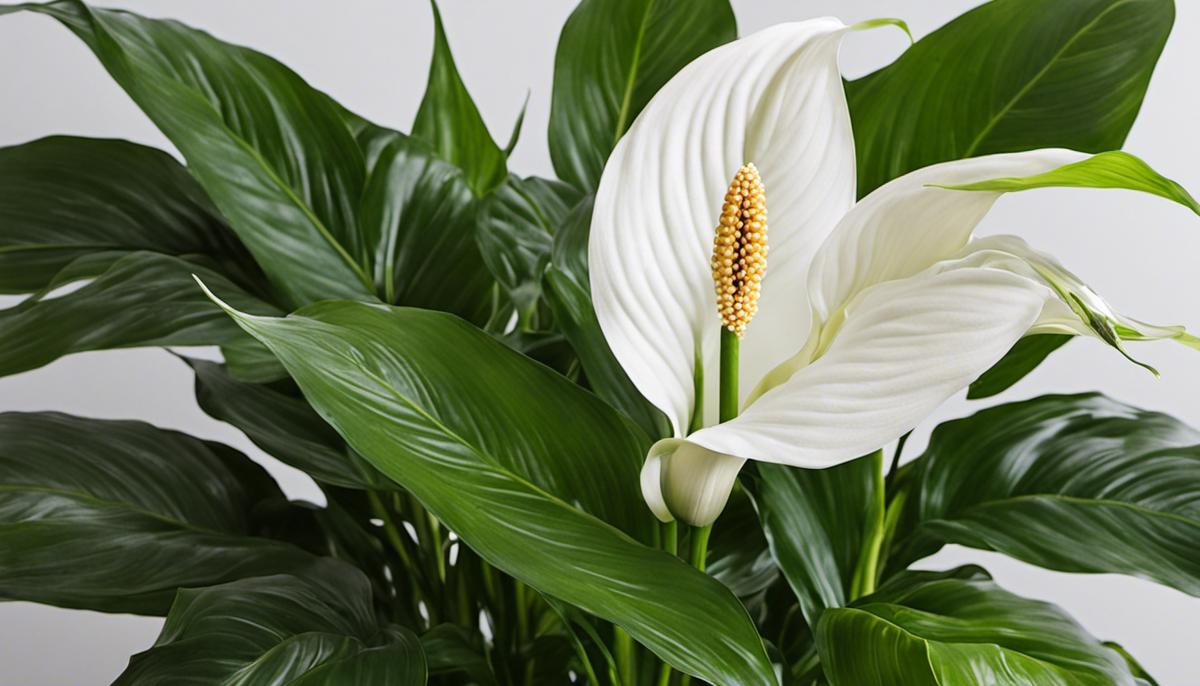
Peace Lily: A Green Home Addition
Peace Lily is more than just a pretty ornament for your living room or workspace. This plant, known formally as Spathiphyllum, offers a bounty of rich, glossy leaves and delicate white blooms. It has an innate ability to withstand varying light conditions but is known to thrive particularly well in medium to low light. This makes it a convenient choice for areas of your house that may not receive ample sunlight.
Peace Lily isn’t a plant that demands your constant attention. It likes to be kept slightly moist but isn’t overly finicky about its water supply. In fact, it is often forgiving of occasional neglect. This makes it an ideal selection if you’re someone who might forget a watering session every now and then.
Air-Purifying Qualities of Peace Lily
But the benefits of owning a Peace Lily go beyond its aesthetic appeal and low upkeep. This plant is a reliable ally in improving indoor air quality. It has the efficiency to absorb pollutants such as benzene and formaldehyde, contributing to a healthier breathing environment. Whether it’s your dwelling or your workspace, Peace Lily can play a crucial role in keeping the indoor air clean.
In conclusion, between the aesthetic touch it adds to your space, the ease of its care, and its air-purifying efficiency, the Peace Lily is an all-round winner when looking for low-maintenance houseplants. Just remember to balance its light and water conditions, and you’ll have a vibrant, air-cleaning companion to brighten up your indoor spaces.
The demands of a busy lifestyle can make it tough to properly care for houseplants, but the plants outlined in this guide provide an array of choices for those seeking to infuse their indoor spaces with greenery, without the hassle of high maintenance. With their ability to withstand varying light conditions and irregular watering, plants like snake plant, pothos, ZZ plant, spider plant, rubber plant, Aloe Vera, and peace lily are worth exploring. Not only do they bring life and color into your home, but also purify your indoor air, making your home a more pleasant and healthier place to be. Next time you make a visit to the nursery, consider one of these low-maintenance plants and reap the multiple benefits they offer while requiring minimal care.
